Share this article

Why measuring your security maturity matters (And how we do it at Vanta)
Accelerating security solutions for small businesses Tagore offers strategic services to small businesses. | A partnership that can scale Tagore prioritized finding a managed compliance partner with an established product, dedicated support team, and rapid release rate. | Standing out from competitors Tagore's partnership with Vanta enhances its strategic focus and deepens client value, creating differentiation in a competitive market. |
Security maturity means different things to different organizations, but the one constant is that it needs to be structured. By consistently assessing where you stand and where you need to go against a solid framework, you're able to take what seems like an impossible goal and break it down into achievable and actionable checkpoints that actually move the needle.
The key to making this work isn't just having the right framework but making sure the right stakeholders are involved in the process. When you bring stakeholders from across the organization into these conversations, you avoid operating in a silo and ensure your security program stays aligned with business objectives.
This thinking guided us when we built our own maturity assessment at Vanta.
What security maturity is + why it matters
Security maturity isn’t just about having the right tools in place or passing an audit, it’s about how deeply security is integrated across the organization. A mature program is defined, pro-active, and embedded in an organization’s culture. It should be best optimized to support the business and extends well beyond just the security team.
It’s not reactive, it’s intentional. This means allocating the right resources in the right places at the right time, while staying aligned with where the business is headed. It's about helping shape your organization's culture into one where security feels approachable and integrated, not like an obstacle.
Continuously assessing your security maturity helps identify gaps in your program, set item priorities, and communicate clearly with stakeholders. Whether you’re reporting to leadership, working with engineering, or supporting sales, being able to say “Here is where we are, and here is where we’re going” builds trust and alignment across the business.
By measuring maturity consistently, you can turn ad hoc action items into a structured and scalable roadmap that grows with your program and your company.
How we measure our security maturity at Vanta
When we first set out to formalize how we track security maturity at Vanta, we knew we wanted a method that was consistent, structured, and aligned with both our business goals and industry best practices. We also wanted something practical. Not just a scoring system, but a way to assess maturity both through operational evidence and discussion, and then use that insight to drive actions across the business.
After exploring several options, ultimately, we settled on the NIST Cybersecurity Framework (CSF) 2.0. It aligns with industry best practices, works across different company sizes and sectors, and gives us a clear structure for making decisions at both the strategic and operational level.
When implementing this maturity model, we adopted CMMI's five-level scoring approach, which ranges from "Ad Hoc" to "Optimized." In creating this scoring system, we used NIST CSF's tier descriptions to establish baseline maturity themes, then developed category-specific assessment criteria for each of the five levels within every NIST category and subcategory. This gave us a shared language to talk about maturity, not just whether a control exists, but how consistently it's applied, how proactive it is, and how well it aligns to the business. Other organizations should feel empowered to customize these criteria to fit their own business context and risk tolerance. The framework is universal, but how you define “mature” should be tailored to your needs.
When we first kicked-off the assessment process, we scored each category using this model, then set a one-year goal and a long-term maturity target for each area. That gave us a clear picture of where we stand today, where we want to be, and what “mature” looks like for our organization overall.
At least quarterly, we revisit those scores and assess our progress. These reviews give us a clear view of what’s changed, what needs attention, and how our security posture is progressing as the business grows. The conversations are practical. We use this time to document current status, discuss blockers, and set action items for the next quarter.
Having leadership engaged in this process has been critical to our success. With leadership support in understanding where we are and where we're going, they can make informed decisions about resource allocation and prioritization. More importantly, their involvement signals to the rest of the organization that security maturity is a business priority, not just a security team initiative.
We don’t treat maturity as a finish line. Some areas improve quickly, while others take longer. That’s expected. What truly matters is having a clear, realistic, and measurable view of where you are today, where you’re headed, and the actions needed to make material progress towards your overall maturity goal.
This is the mindset that shapes how we approach security maturity at Vanta and how we hope to support our customers as they mature their own programs.
Track your maturity with our free template
To help others get started with their own maturity journey, our team built a spreadsheet-based tool that benchmarks against NIST CSF 2.0. It’s designed to be flexible, approachable, and useful no matter where you are in your security program.
What’s inside:
- CSF categories and controls
- Five-level scoring guidance
- Fields for notes, goals, and current maturity scoring
- Built-in tables and charts to help track maturity over time
How to use it:
- Make a copy of the template.
- Review the Category Names & Identifiers tab and the CSF List of Controls tabs to understand more about how the model works.
- In the Profile tab, adjust the date range to reflect your current review period (e.g., FY26 or Spring 2025). Review the leveling guide to understand how you’ll assess your controls.
- Conduct an initial assessment of each control using the leveling guide. Assign each control a score from 1 to 5 and replace the placeholder 1 in the Actual column with your score.
- Identify the best next steps to improve your security maturity for each control. Prioritize the controls that are most critical to your organization.
- For evidence gathering and tracking, you can add links to evidence for each control listed in the CSF List of Controls tab. If you're a Vanta customer, you can link directly to the corresponding Vanta control. If you don’t have evidence for a control, leave the field blank.
- Use the Score Tracking tab to monitor your progress. This tab automatically pulls your control scores from the Profile tab to visualize your improvements over time.
- Repeat this assessment on a regular basis (monthly, quarterly, etc.). Use it to track your progress over time as your maturity improves.
Download our Cybersecurity Maturity Assessment Template to start tracking and measuring your program’s maturity now. You can also download our Trust Maturity Report to benchmark your security program against your peers.
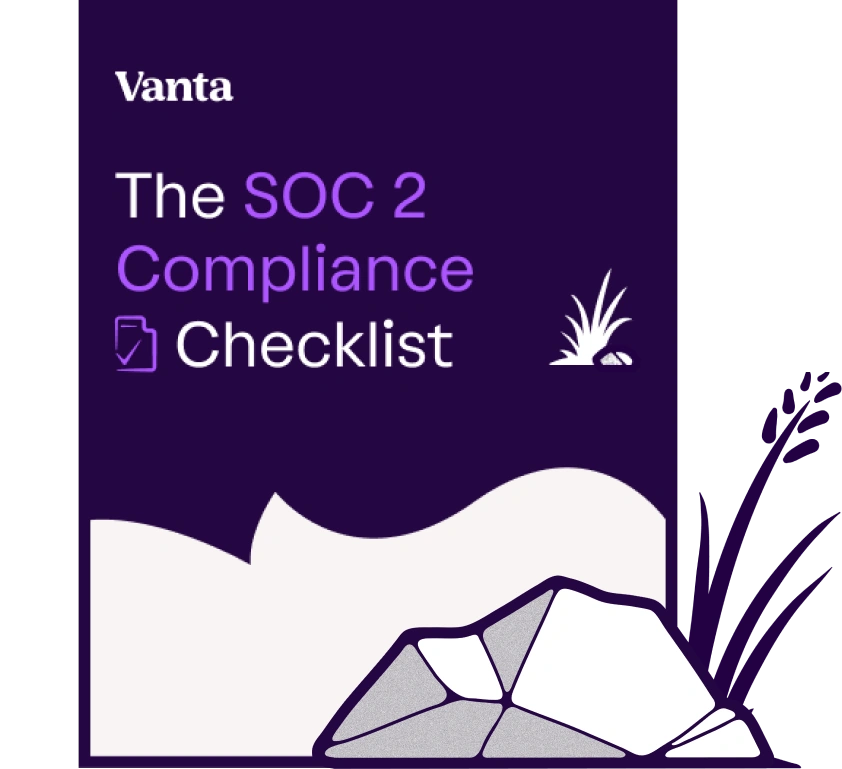




FEATURED VANTA RESOURCE
The ultimate guide to scaling your compliance program
Learn how to scale, manage, and optimize alongside your business goals.















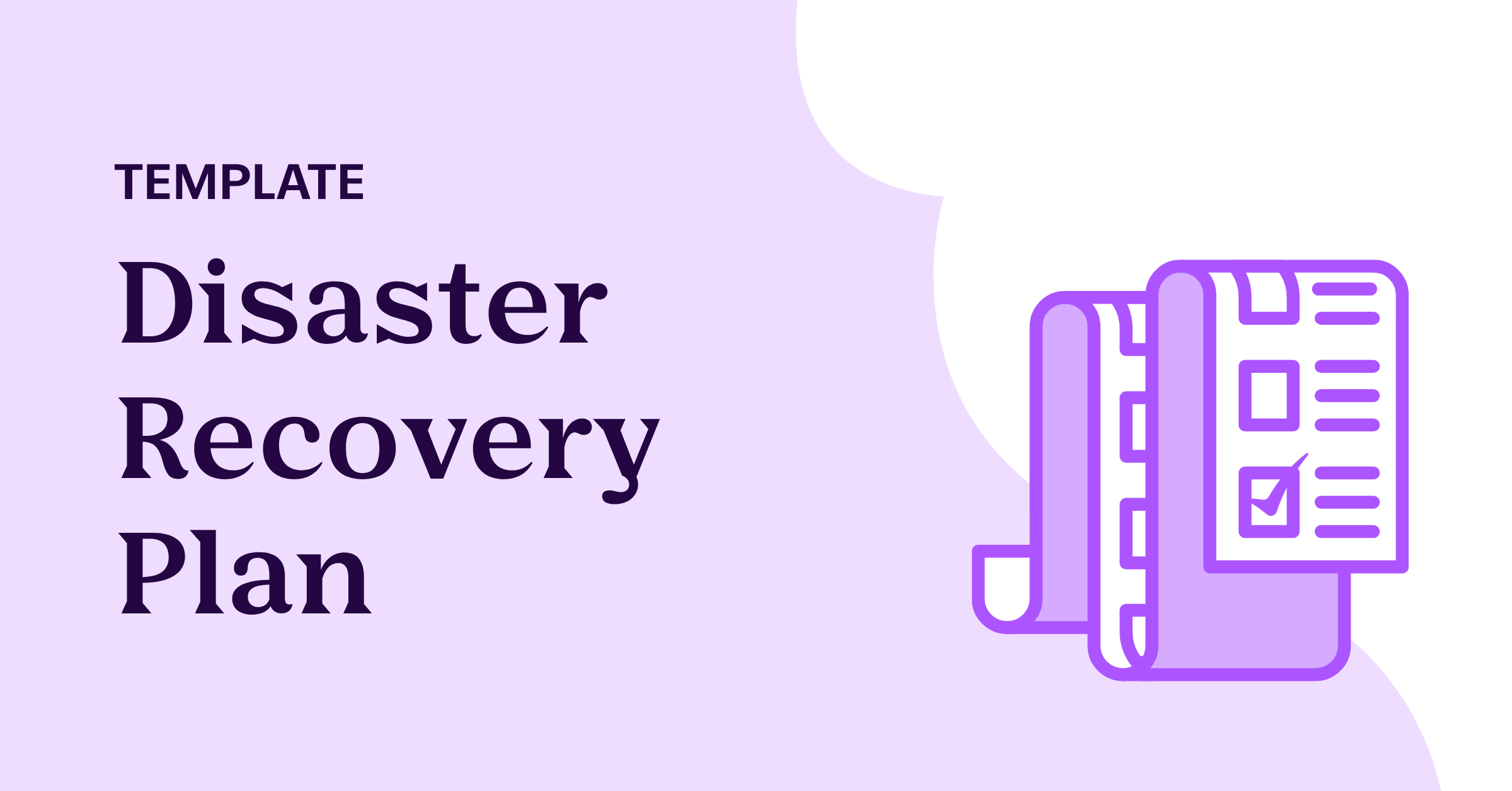
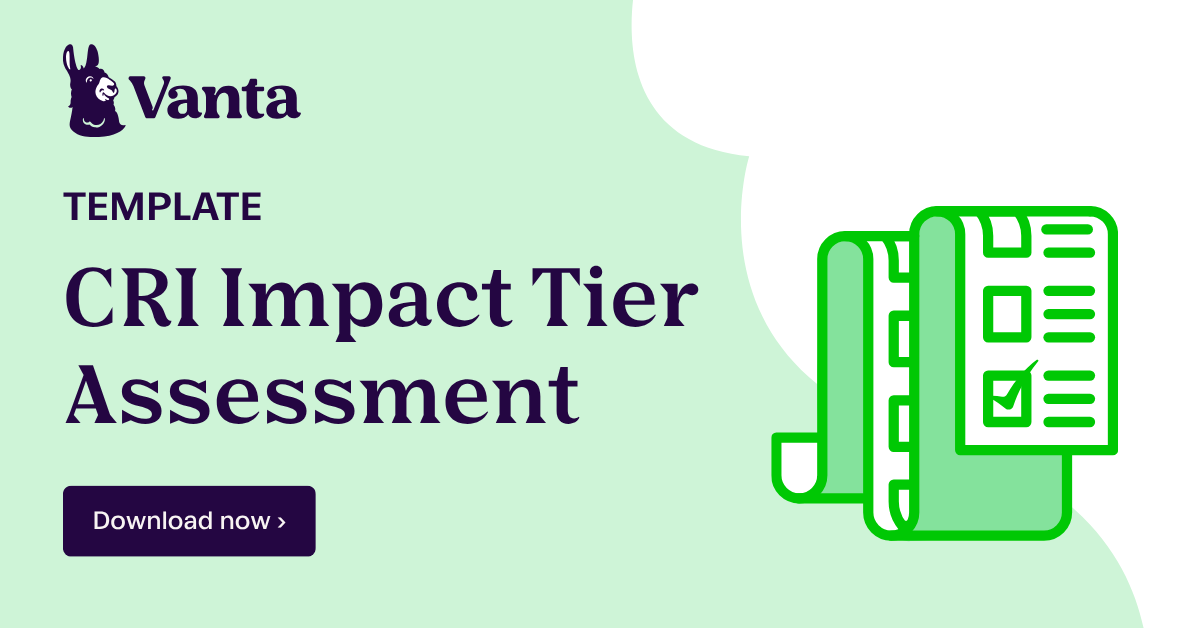
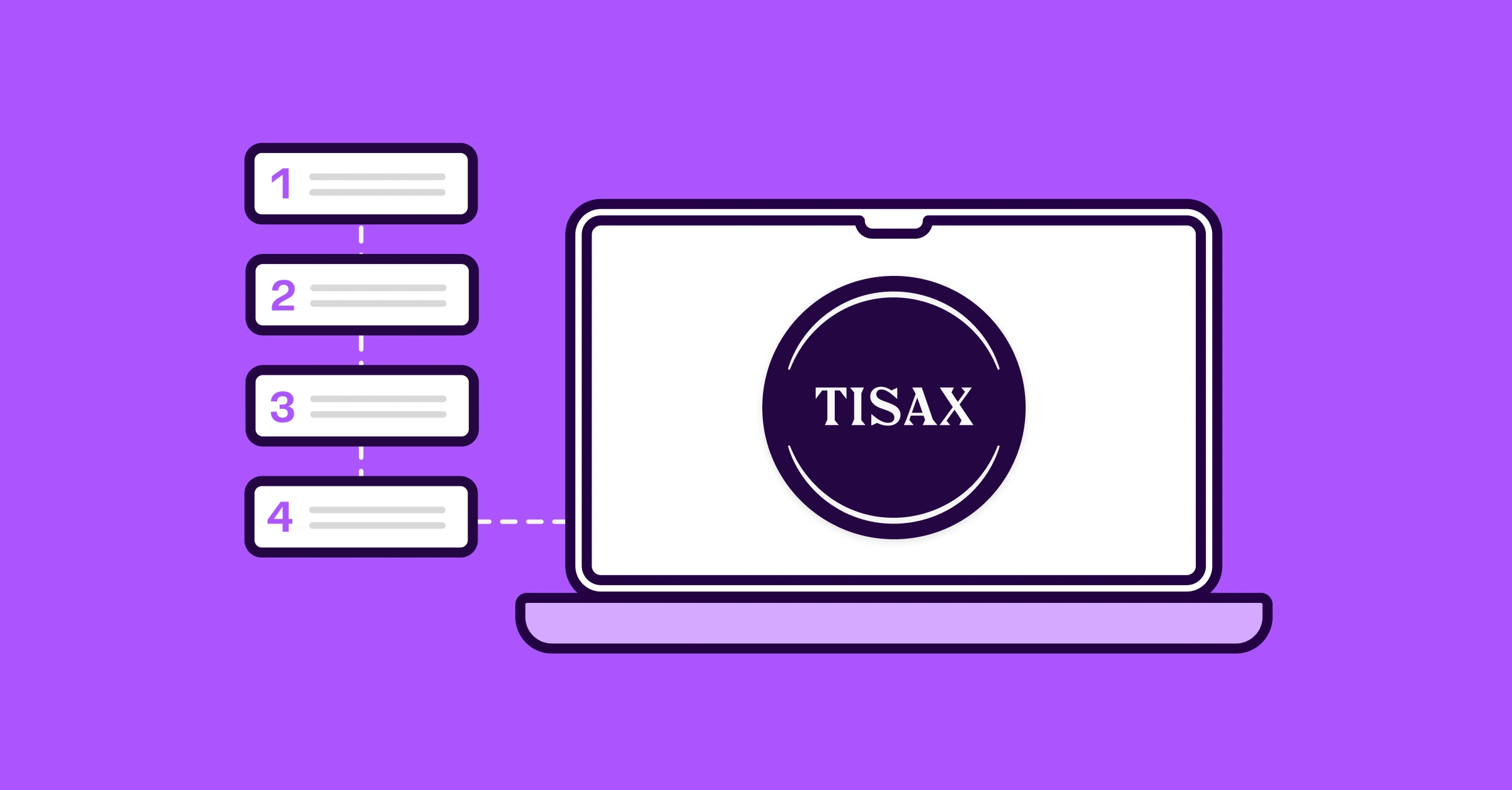


.png)

.png)
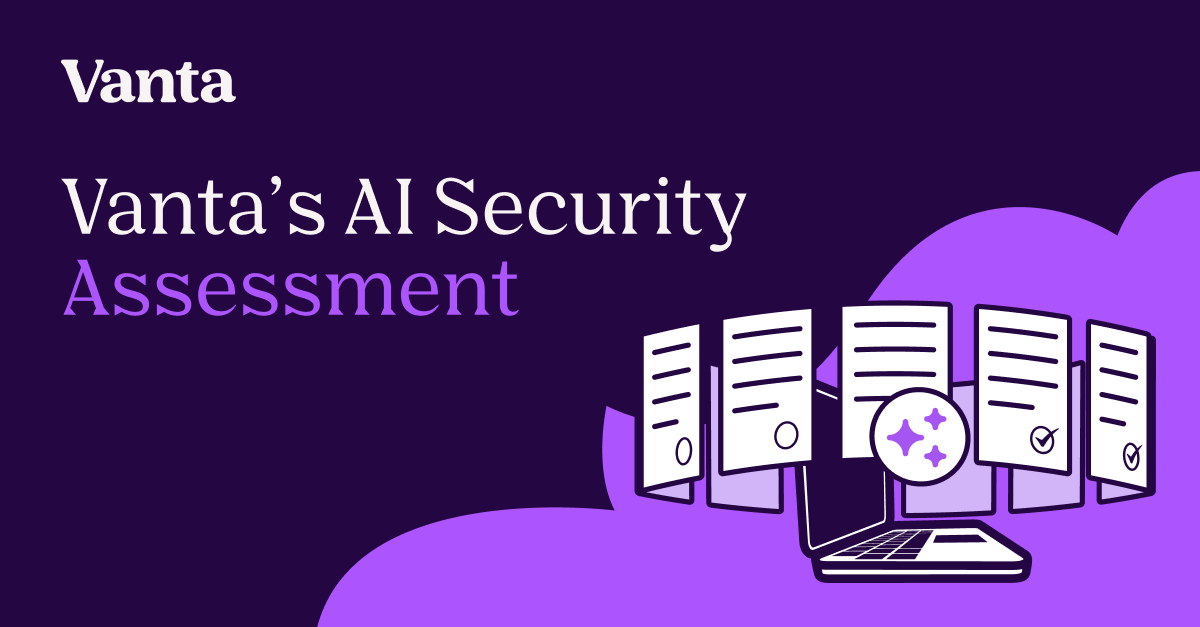

.svg)
.svg)
.png)
.png)
.png)